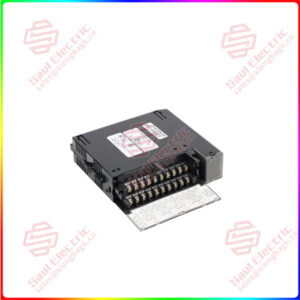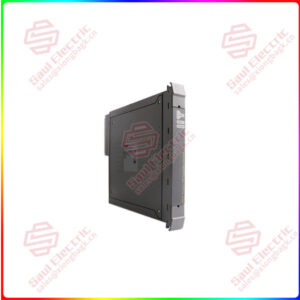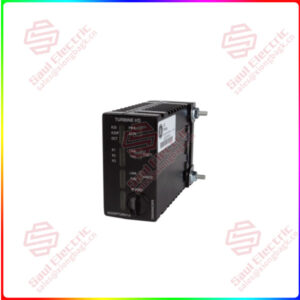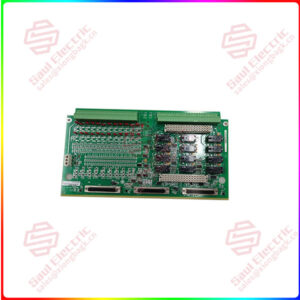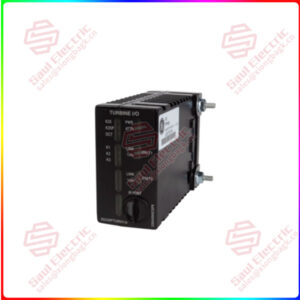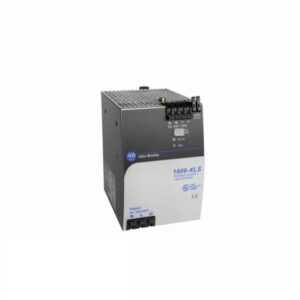Description
Overview
Essential details:1797-OB4D non-isolated source output module
lf you need to inquire or purchase ,please send the product models to my email or call medirectly .
sunny He
[Email] sales@xiongbagk.cn
[Mobile] 86-18059884797
[WhatsApp] 86-18059884797
[Skype] sales@saulcontrol.com
1797-OB4D non-isolated source output module
The 1797-OB4D output module from Allen-Bradley is a source output module from the Allen-Bradley Flex Ex I/O series. It features 4 source output points that are not isolated. For safety, the 1797-OB4D output module should be wired with shielded wires only, and these shielded wires should be terminated somewhere exterior to the module with a shield-terminating feed-through device or with a Bus bar. This output module can connect to a terminal base with a keyswitch that ensures that the base and module will never be mismatched, because mismatched equipment will not function properly and may be hazardous to use. The terminal bases that are compatible with the Allen-Bradley 1797-OB4D output module are the Allen-Bradley 1797-TB3 terminal base and the Allen-Bradley 1797-TB3S terminal base. These bases are intrinsically safe.
The Allen-Bradley Flex Ex I/O 1797-OB4D 4-point source output module has a nominal input voltage rating of 24 Volts DC. Each of the 4 output points can connect to a discrete field device, but no signals that are not intrinsically safe should be applied to these outputs at any time. The 1797-OB4D output module is CE certified. Its operating temperature range spans from -20 to 70 degrees Celsius or -4 to 158 degrees Fahrenheit. The 1797-OB4D output module should never be installed on either the 1797-TB3 or the 1797-TB3S terminal base units either as a part of a supporting terminal or if it will not be used when the system is powered up. Attempting to use the 1797-OB4D output module in a supporting terminal may damage it or cause malfunctioning. Each of the module’s channels can be wired separately or multiple channels can use 1 cable.


 1 Year Warranty
1 Year Warranty

